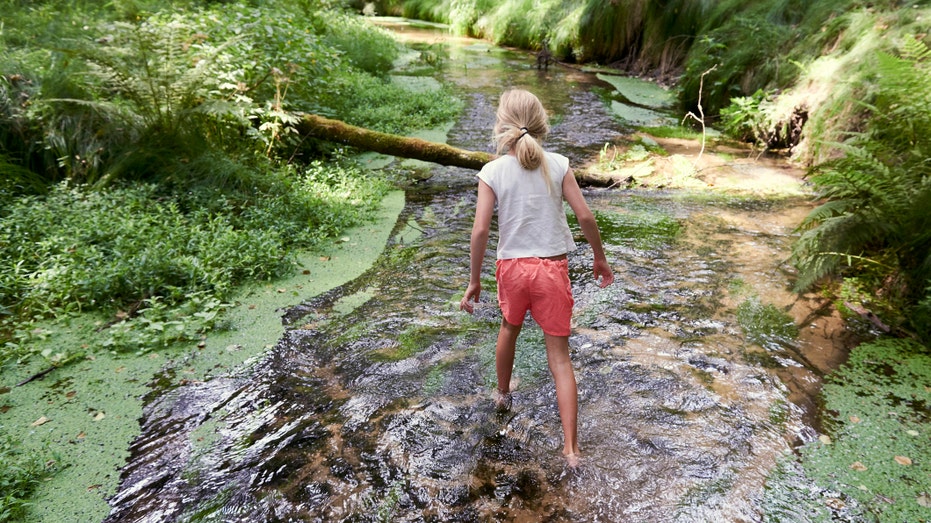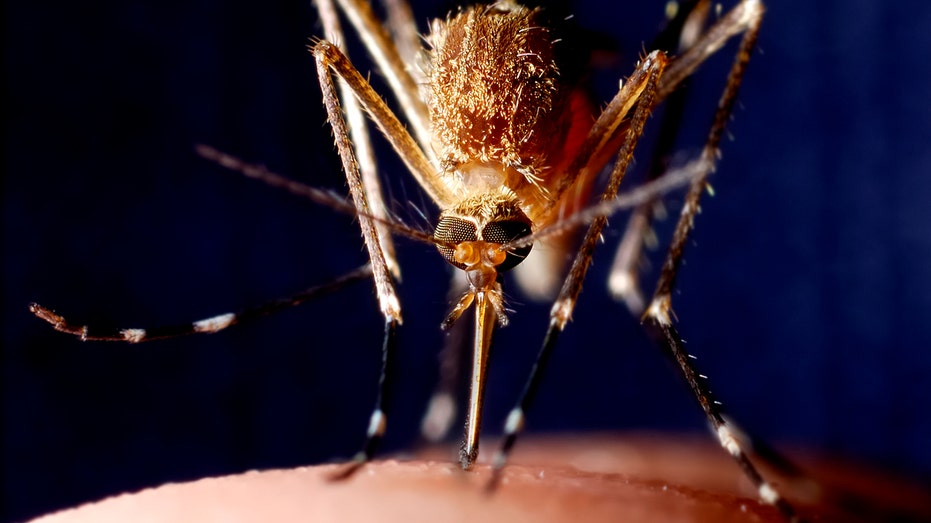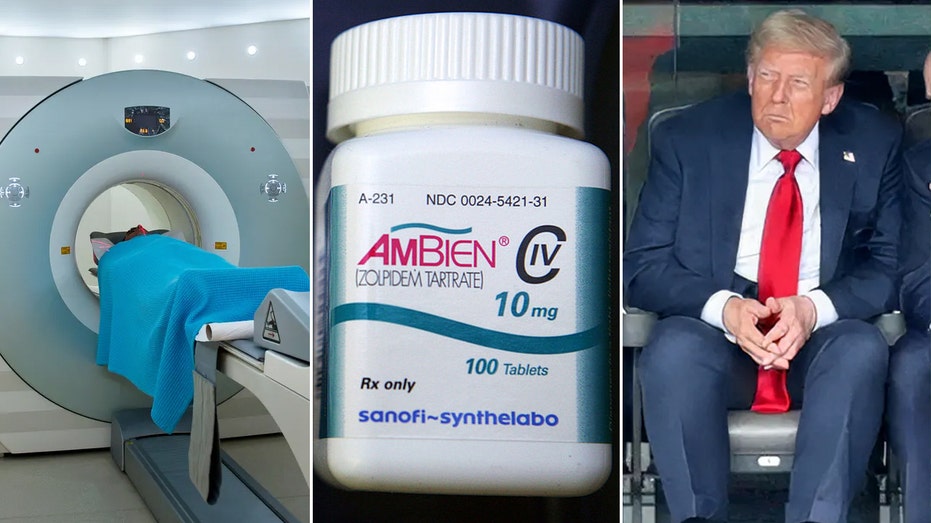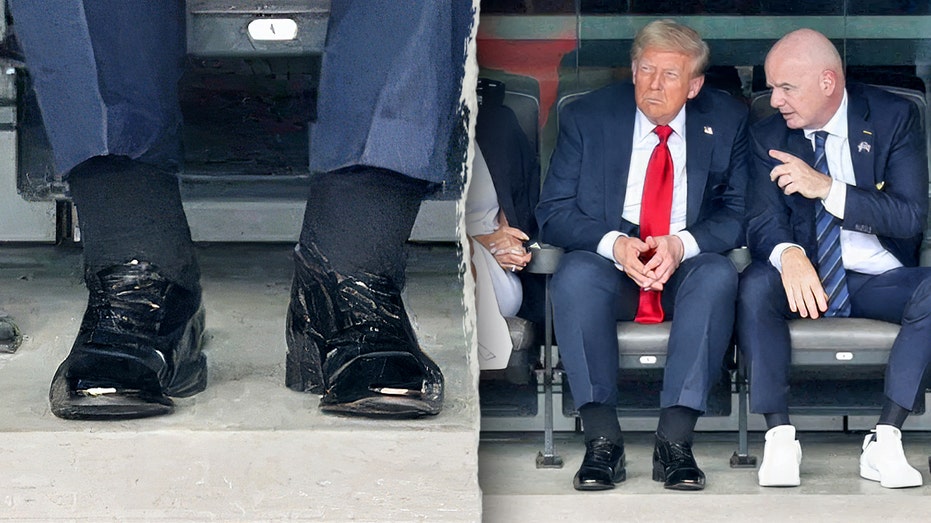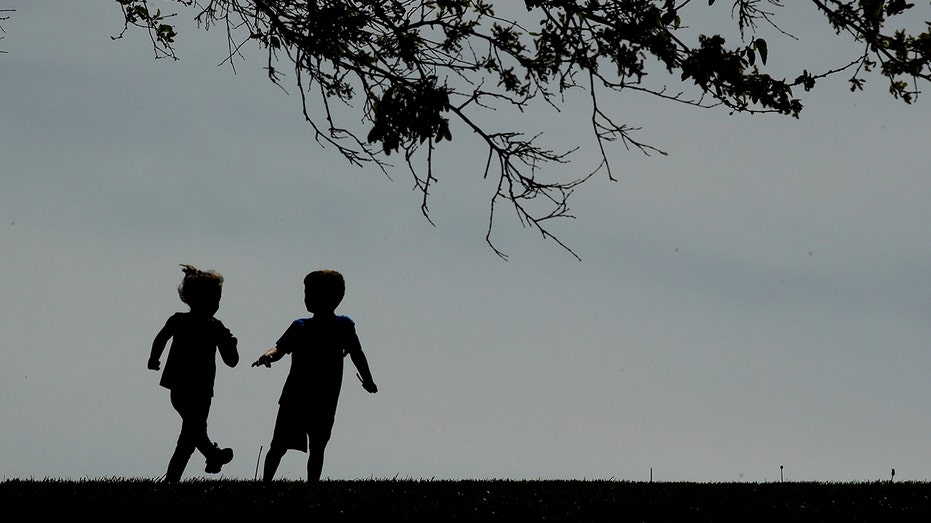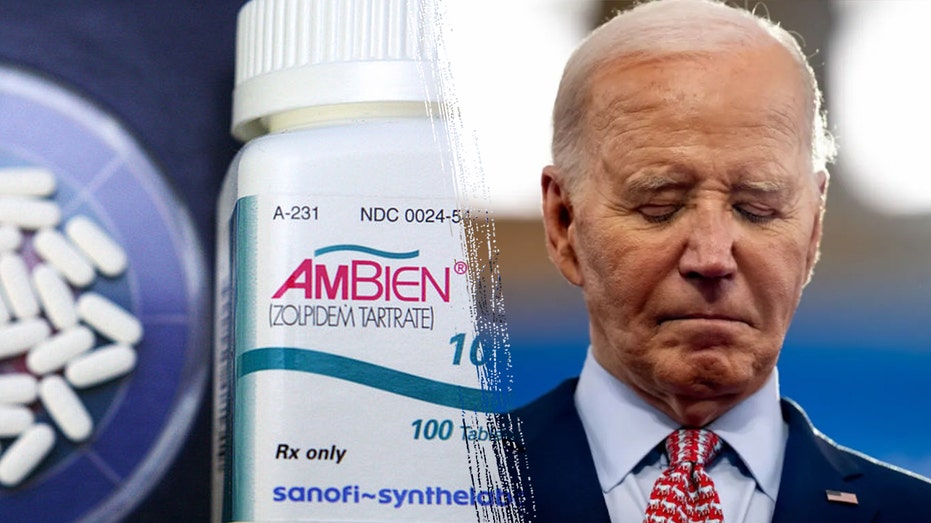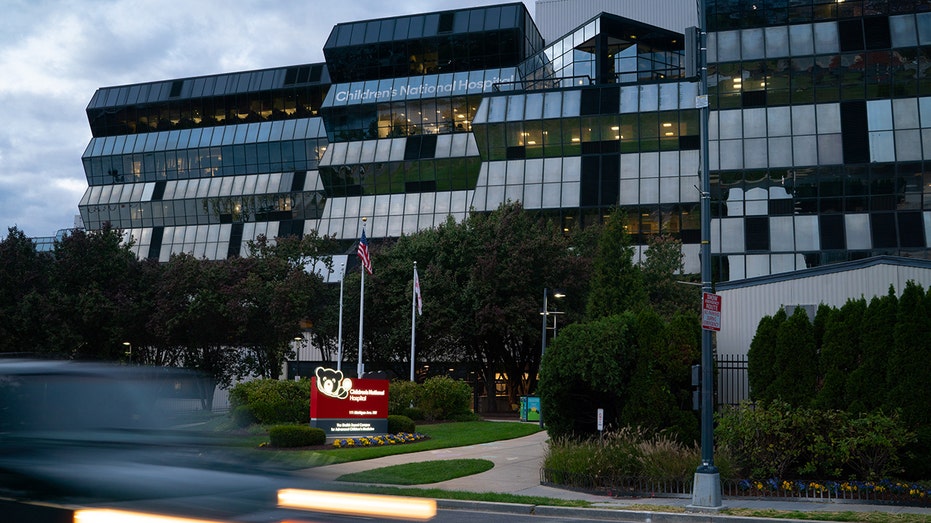Coldwater Creek Cancer Link: WWII Nuclear Waste Blamed for Missouri Health Crisis

Sarah Johnson
July 23, 2025
Brief
Coldwater Creek in Missouri, polluted by WWII nuclear waste, linked to higher cancer rates in nearby residents, study reveals. Compensation and cleanup efforts underway.
In a chilling reminder of the long shadow cast by history, a recent study has uncovered a disturbing link between Coldwater Creek, a Missouri River tributary near St. Louis, and elevated cancer rates among residents who lived nearby as children during the mid-20th century. This creek, tainted by radioactive waste from the Manhattan Project—the secretive WWII effort to build the first atomic bomb—has been a known hazard since the 1980s. Yet, the full extent of its impact is only now coming into focus.
Researchers from the Harvard T.H. Chan School of Public Health analyzed data from over 4,000 individuals who resided in the Greater St. Louis area between 1958 and 1972. Their findings, published in JAMA Network, are stark: those who lived closest to the creek faced a significantly higher risk of developing cancer. A staggering 24% of participants reported a cancer diagnosis, with the risk climbing to 30% for those living less than a kilometer from the contaminated waterway.
The source of this tragedy lies in the careless handling of nuclear waste decades ago. Uranium processed by Mallinckrodt Chemical Works in St. Louis was stored in uncovered drums near Coldwater Creek, allowing radioactive contaminants to seep into the water and soil. Children played in the creek, families gardened nearby, and communities downstream unknowingly inhaled tainted dust—exposing themselves to invisible danger.
Lead researcher Marc Weisskopf didn’t mince words, stating that these findings reveal an 'excess cancer burden' in North St. Louis communities due to the creek’s pollution. He also warned of broader implications as nations expand nuclear power and weaponry, noting that even low-level exposure to such waste can wreak havoc on public health.
Adding a ray of hope, Congress recently passed an expanded Radiation Exposure Compensation Act (RECA), enabling affected residents to seek compensation for medical costs tied to radiation exposure. Meanwhile, local concerns continue to mount, fueling calls for deeper research and urgent remediation of the creek. As co-author Michael Leung emphasized, children of the 1940s to 1960s near Coldwater Creek faced a 44% higher cancer risk compared to those farther away—a statistic that demands action.
This story isn’t just about a creek; it’s about the hidden costs of progress and the generations left to bear them. While the study has limitations, including its reliance on self-reported data, the message is clear: history’s messes can poison the present if left unaddressed.
Topics
Editor's Comments
Well, isn’t this a glowing example of history coming back to haunt us? Coldwater Creek’s radioactive legacy proves that what you don’t clean up can ‘radiate’ trouble for decades. I bet the Manhattan Project folks didn’t expect their leftovers to turn a Missouri picnic spot into a cancer hotspot. Time to drain the swamp—literally—before more skeletons, or isotopes, come out of the closet!
Like this article? Share it with your friends!
If you find this article interesting, feel free to share it with your friends!
Thank you for your support! Sharing is the greatest encouragement for us.
